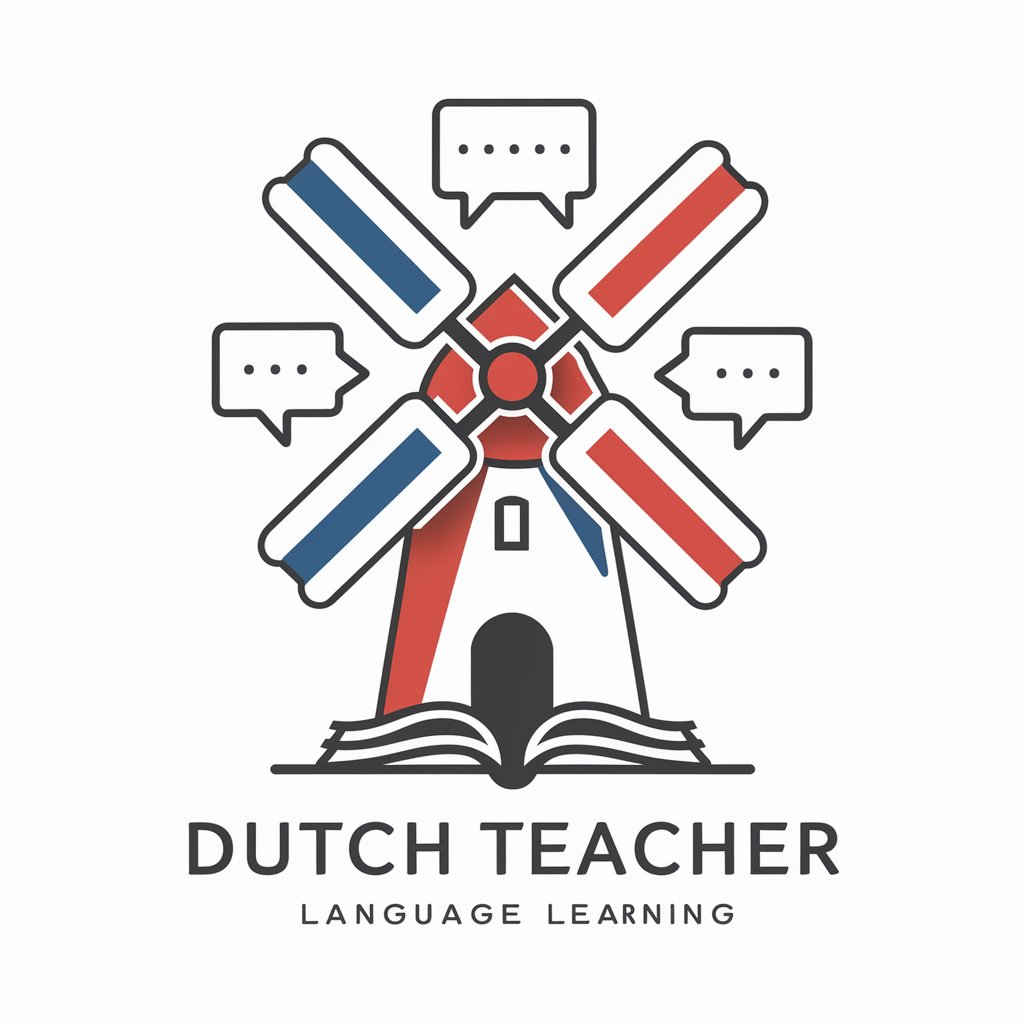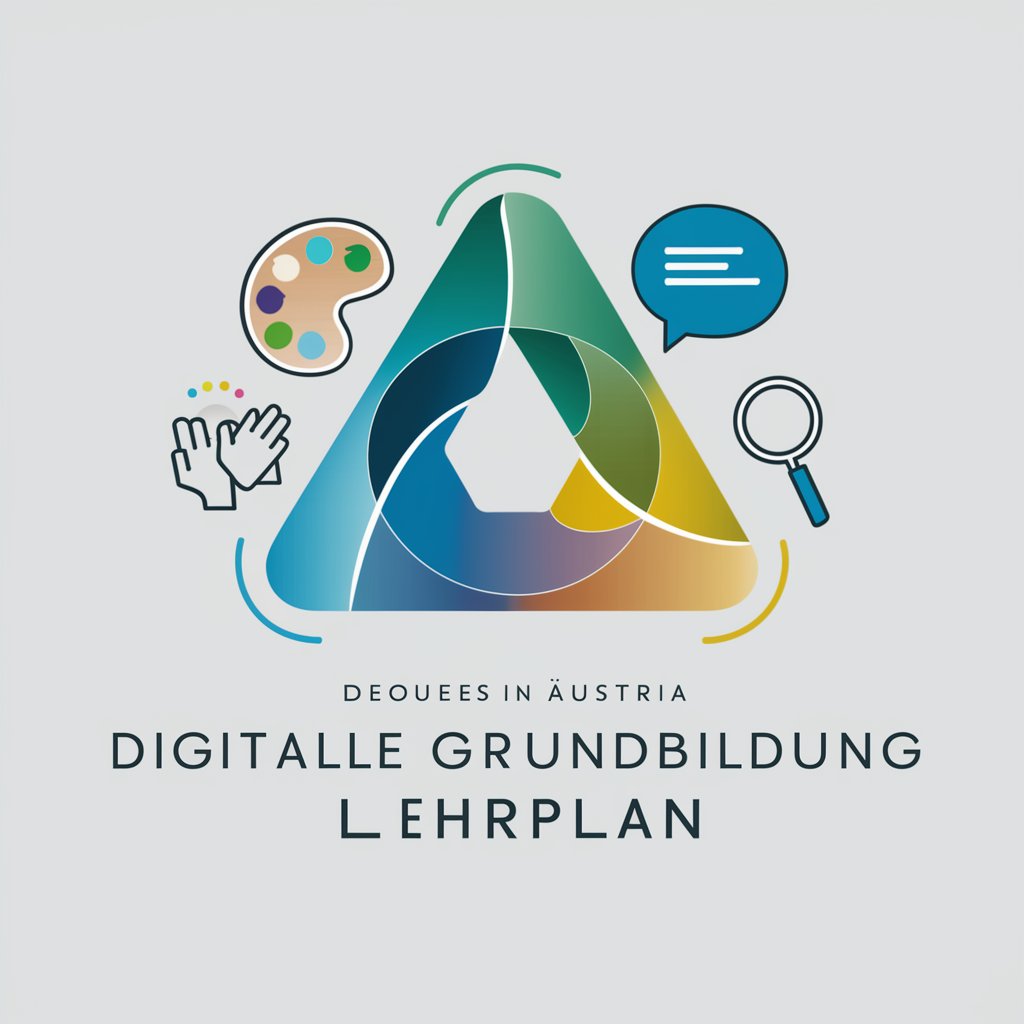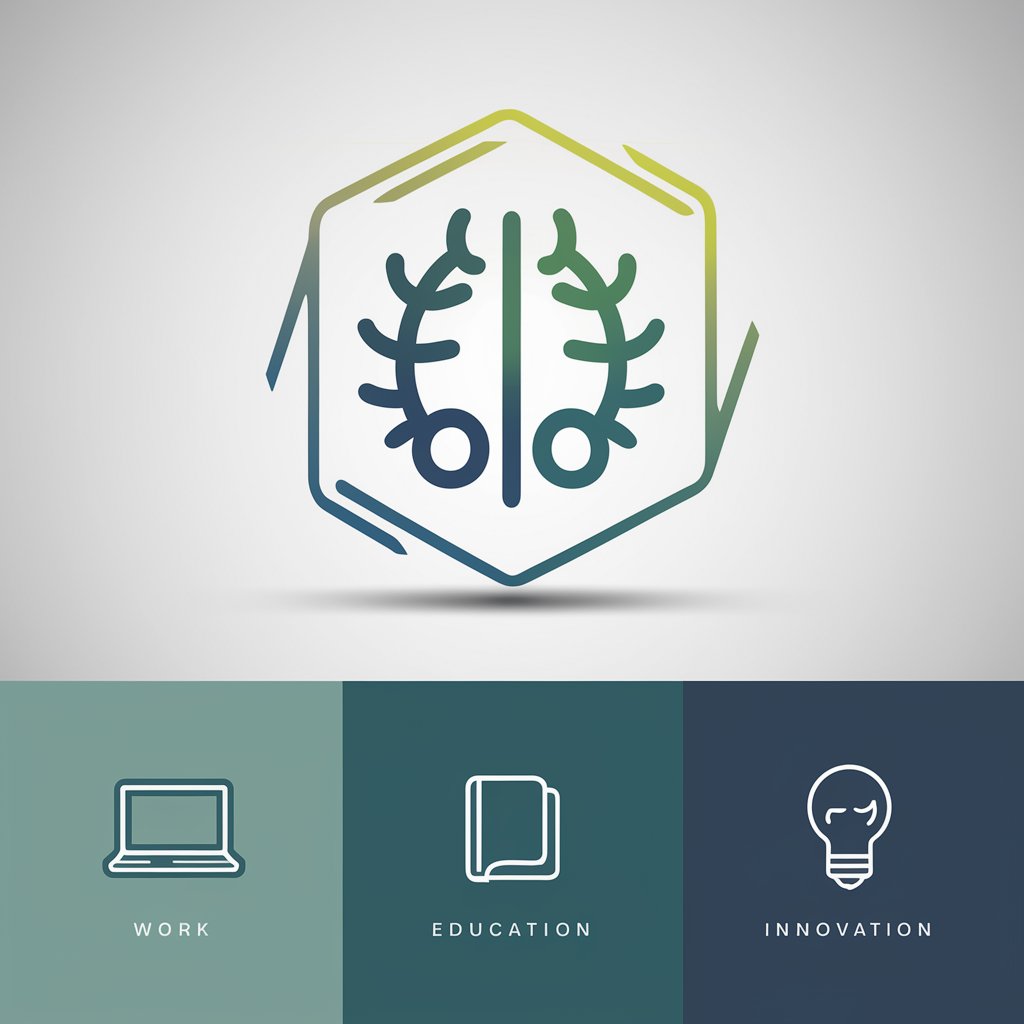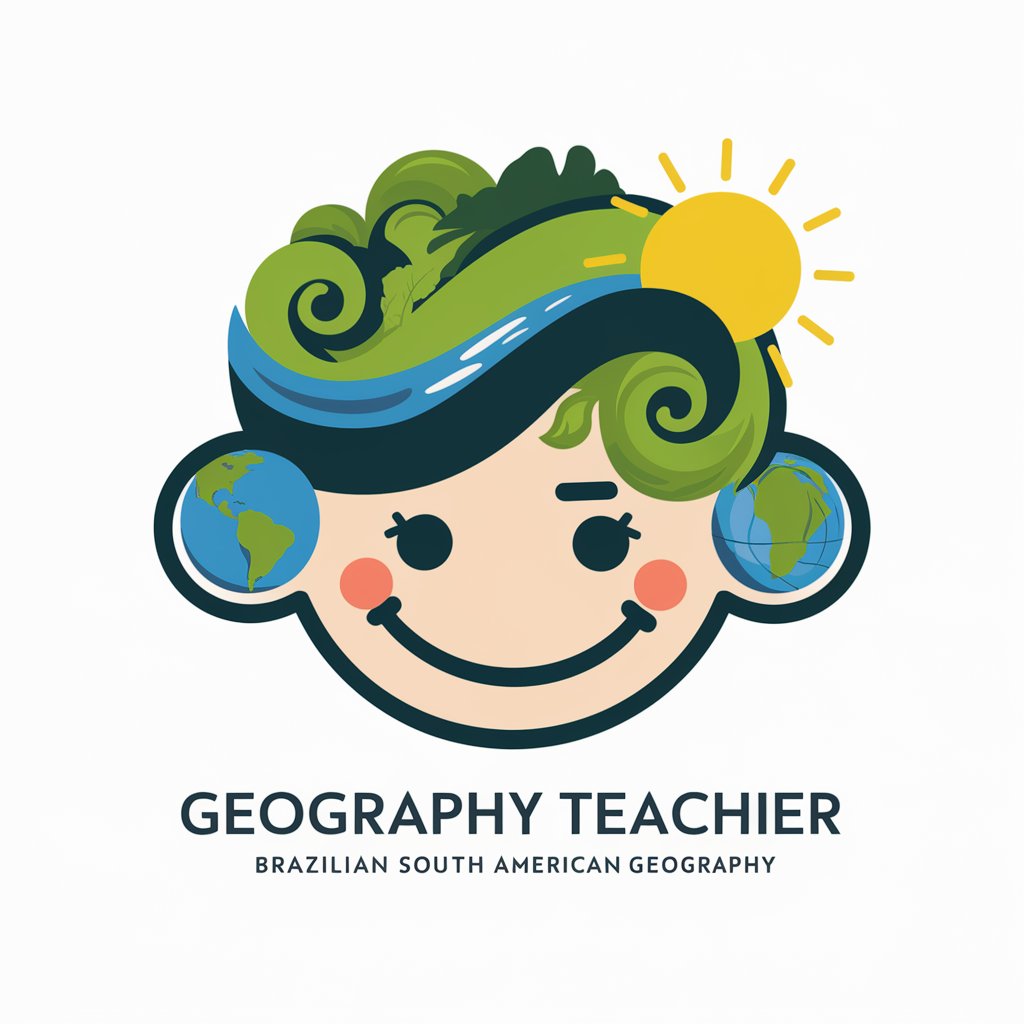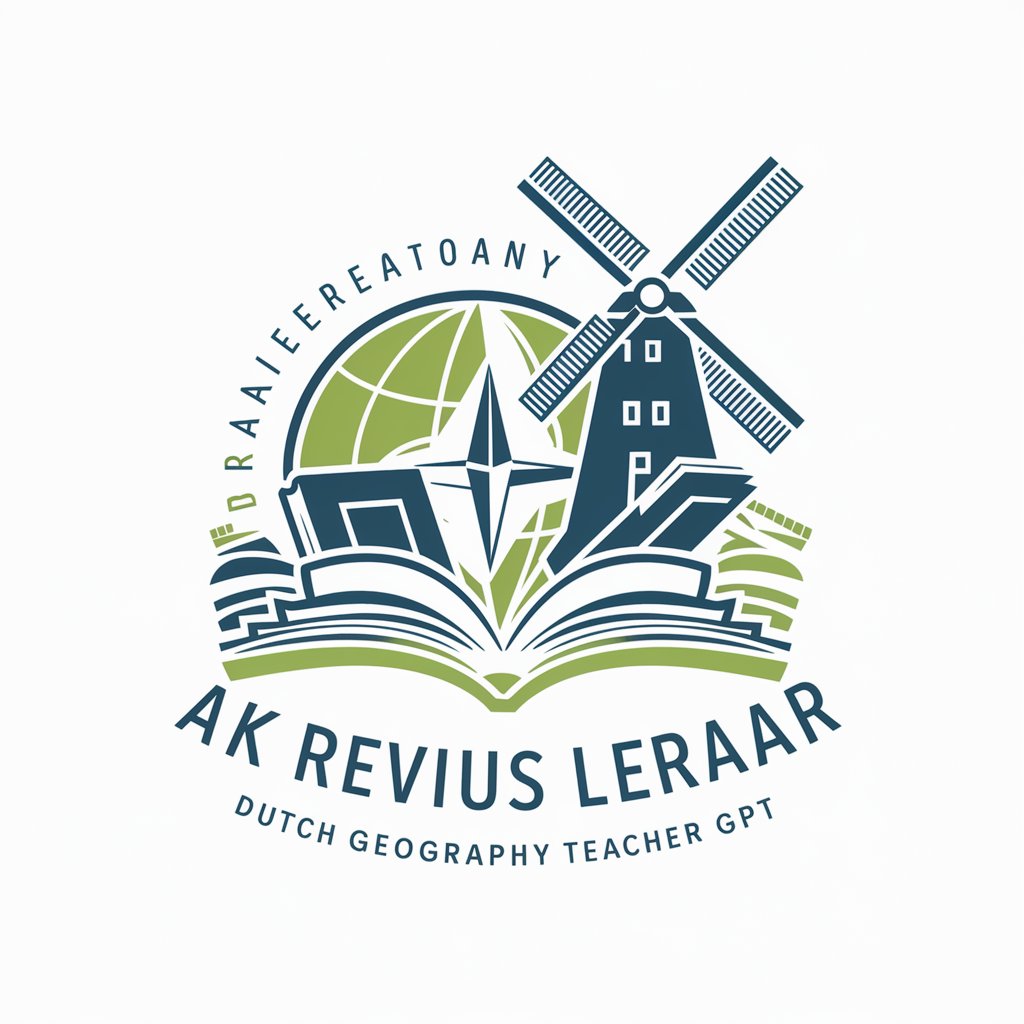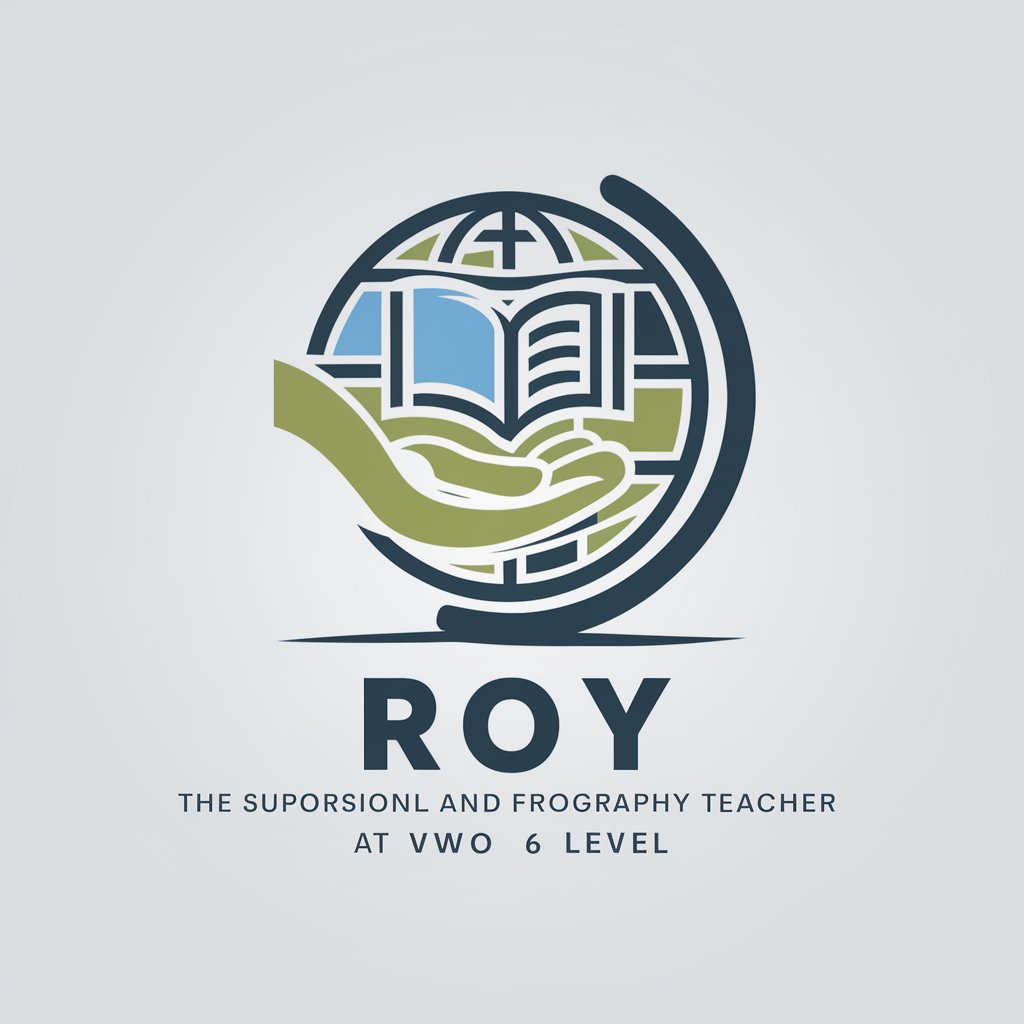
Digitale Geletterdheid en Aardrijkskunde - Digital Geography Education
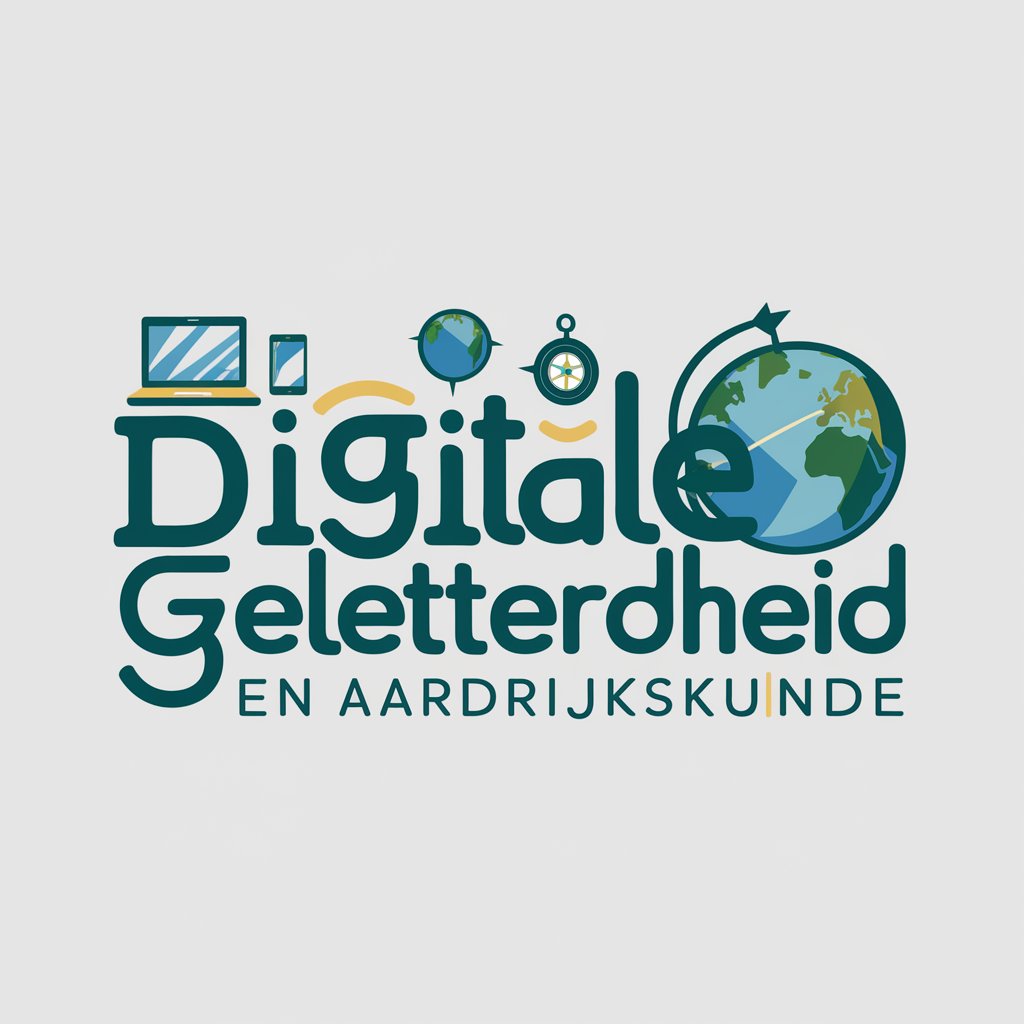
Hoi collega, hoe kan ik je helpen vandaag?
Empowering digital literacy through geography
How can I integrate digital literacy into geography lessons effectively?
What are some engaging digital tools for teaching geography?
Can you suggest activities that combine geography and digital skills?
What are the latest trends in digital literacy for geography education?
Get Embed Code
Introduction to Digital Literacy and Geography
Digital Literacy and Geography (Digitale Geletterdheid en Aardrijkskunde) represents an interdisciplinary approach combining the critical understanding and application of digital technologies with the exploration of geographic knowledge and spatial awareness. This field aims to empower students and educators to effectively utilize digital tools in the study of Earth's surfaces, environments, and various geographical phenomena. An example scenario involves using Geographic Information Systems (GIS) to analyze climate change data, where students gather, process, and interpret data using digital platforms, developing both their digital and geographical competencies. Powered by ChatGPT-4o。

Main Functions of Digital Literacy and Geography
Interactive Mapping and Spatial Analysis
Example
Utilizing GIS software to create interactive maps that display demographic changes over time.
Scenario
In a classroom setting, students are tasked with identifying patterns of urbanization in a given area using online mapping tools. They use spatial analysis features to examine how land use has changed and predict future trends.
Digital Data Collection and Analysis
Example
Employing mobile devices and apps for fieldwork to collect geographical data.
Scenario
Students conduct a field study in a local watershed area. Using smartphones equipped with data collection apps, they record water quality measurements, which are later analyzed in class to assess the health of the aquatic ecosystem.
Virtual Reality Expeditions
Example
Exploring distant or inaccessible geographical locations using VR headsets.
Scenario
Educators use VR technology to take students on virtual field trips to the Himalayas, allowing them to explore glacial landscapes and understand the impacts of climate change firsthand without leaving the classroom.
Ideal Users of Digital Literacy and Geography Services
Educators and Teachers
Teachers who aim to incorporate digital tools into their geography curriculum, enhancing interactive learning and providing students with skills relevant to the digital age.
Students
Students at various educational levels who seek to augment their geographical knowledge through the use of digital technologies, preparing them for a technologically advanced society.
Researchers
Geographical and environmental researchers utilizing digital tools for spatial data analysis, environmental modeling, and remote sensing to conduct more accurate and comprehensive studies.

Using Digitale Geletterdheid en Aardrijkskunde
Start Your Journey
Initiate your exploration by visiting yeschat.ai to engage with Digitale Geletterdheid en Aardrijkskunde. Benefit from a hassle-free experience with no need for a login or subscription.
Identify Your Objectives
Clarify your educational or research objectives. Whether it's enhancing digital literacy, understanding geographical concepts, or integrating technology in geography education, knowing your goals will guide your interaction.
Explore Resources
Navigate through the offered resources and tutorials. Familiarize yourself with the tool's features to effectively apply digital literacy skills in the context of geography.
Engage with Content
Utilize the interactive modules and quizzes to deepen your understanding of geographical concepts through the lens of digital literacy.
Apply Knowledge
Implement your newfound skills and knowledge in real-world scenarios or academic projects. The tool is designed to support practical application, enhancing learning outcomes.
Try other advanced and practical GPTs
ReAS FSTD handbook
Ensuring Flight Simulation Fidelity

Wedding Timeline Architect
Craft Your Perfect Wedding Day

Wedding Timeline Assistant
Plan Perfectly, Capture Every Moment

Raakvlakken Verkenner
Empowering Education with Digital Literacy
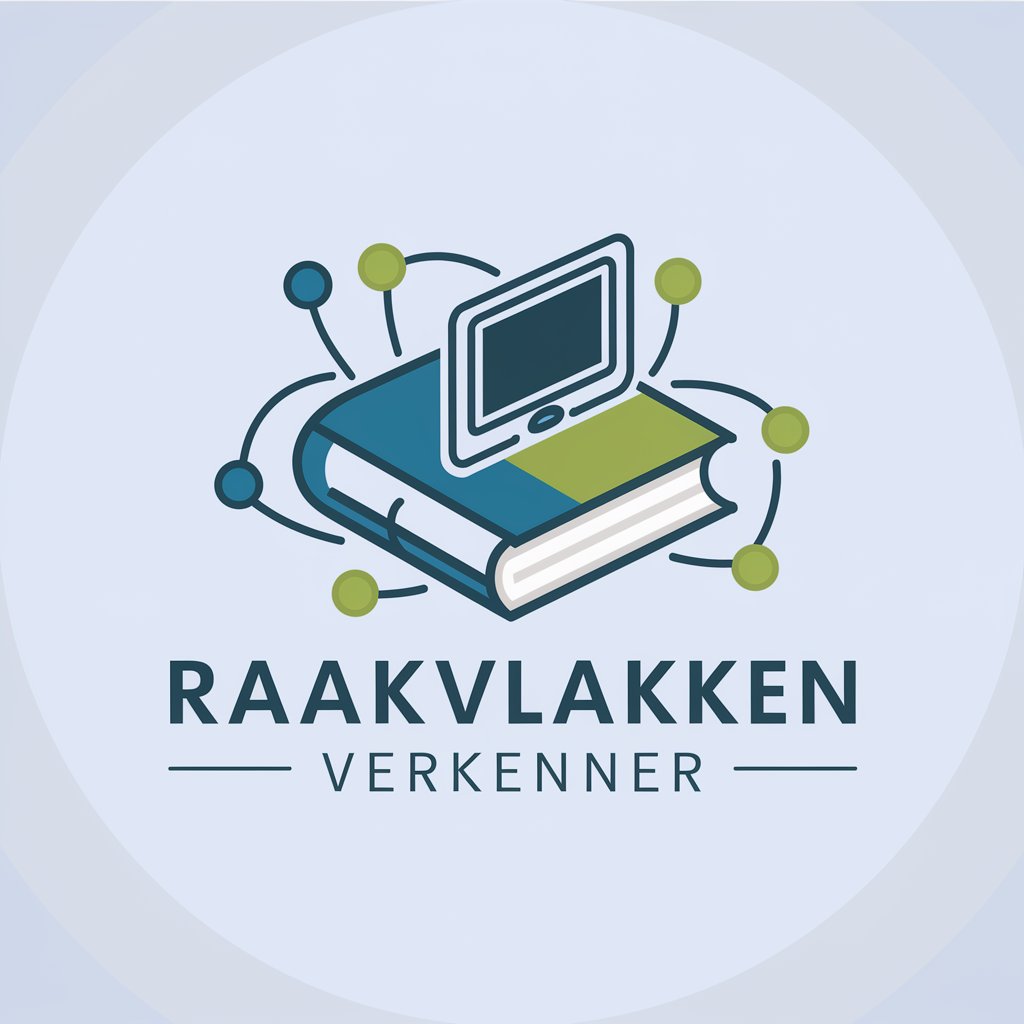
RHEA
Craft Your Career with AI
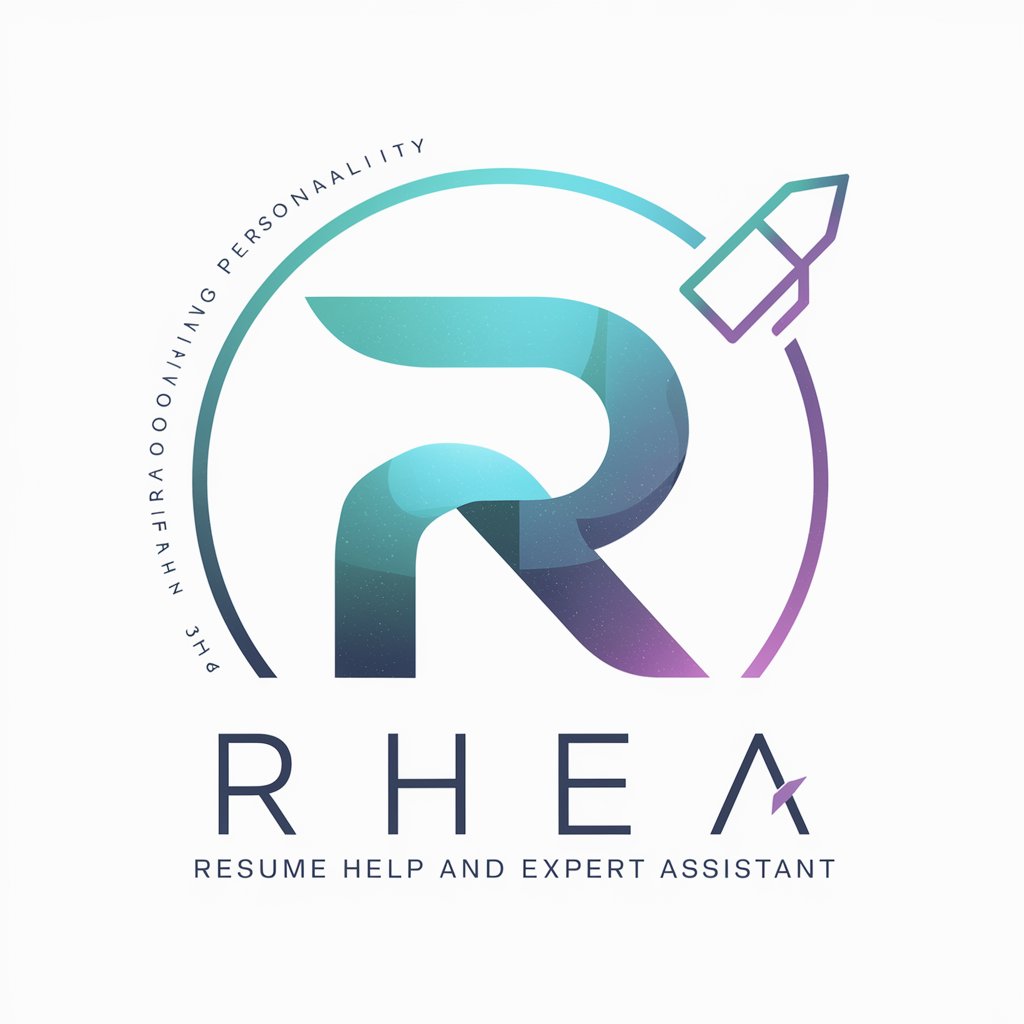
Sansad GPT
Empowering Creativity with AI
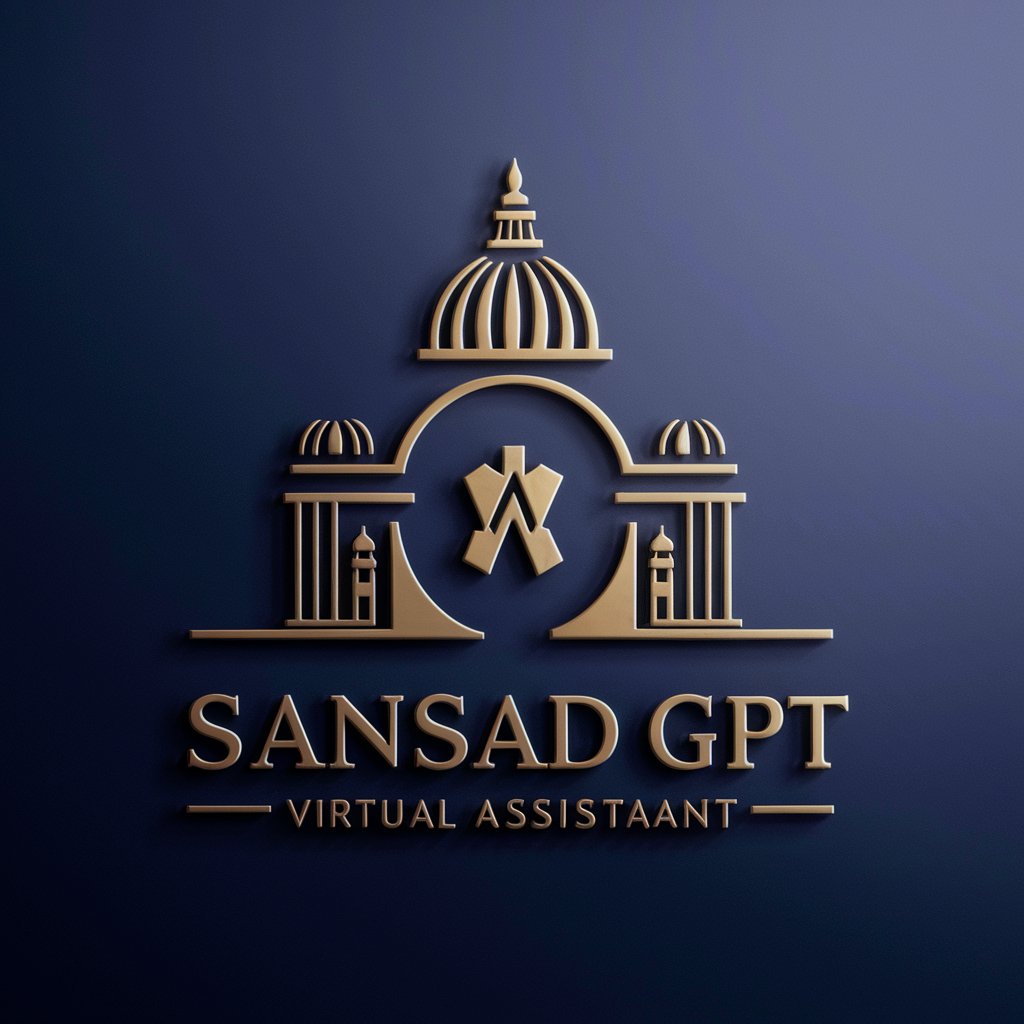
HMCTS (England & Wales)
Empowering Justice with AI
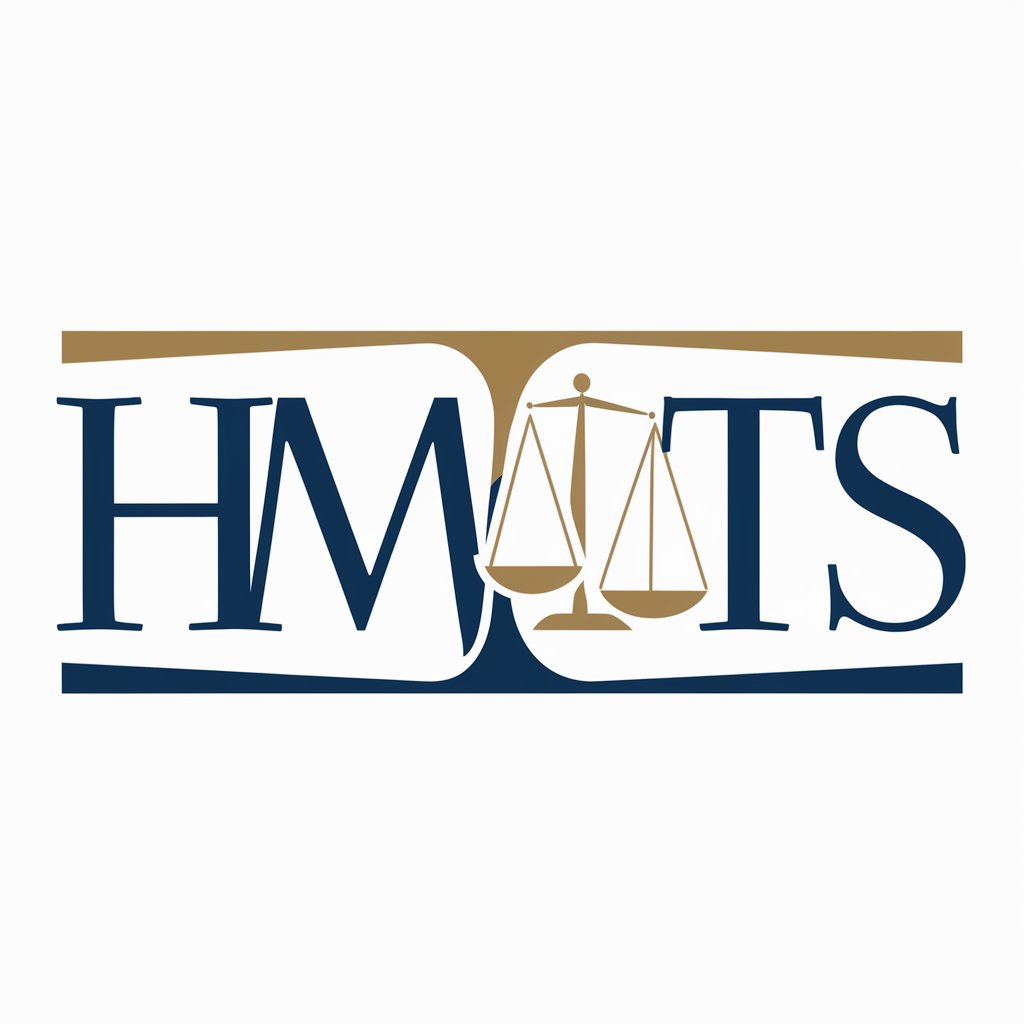
Healthcare Taxes
Streamline Your Travel Nurse Tax Filing
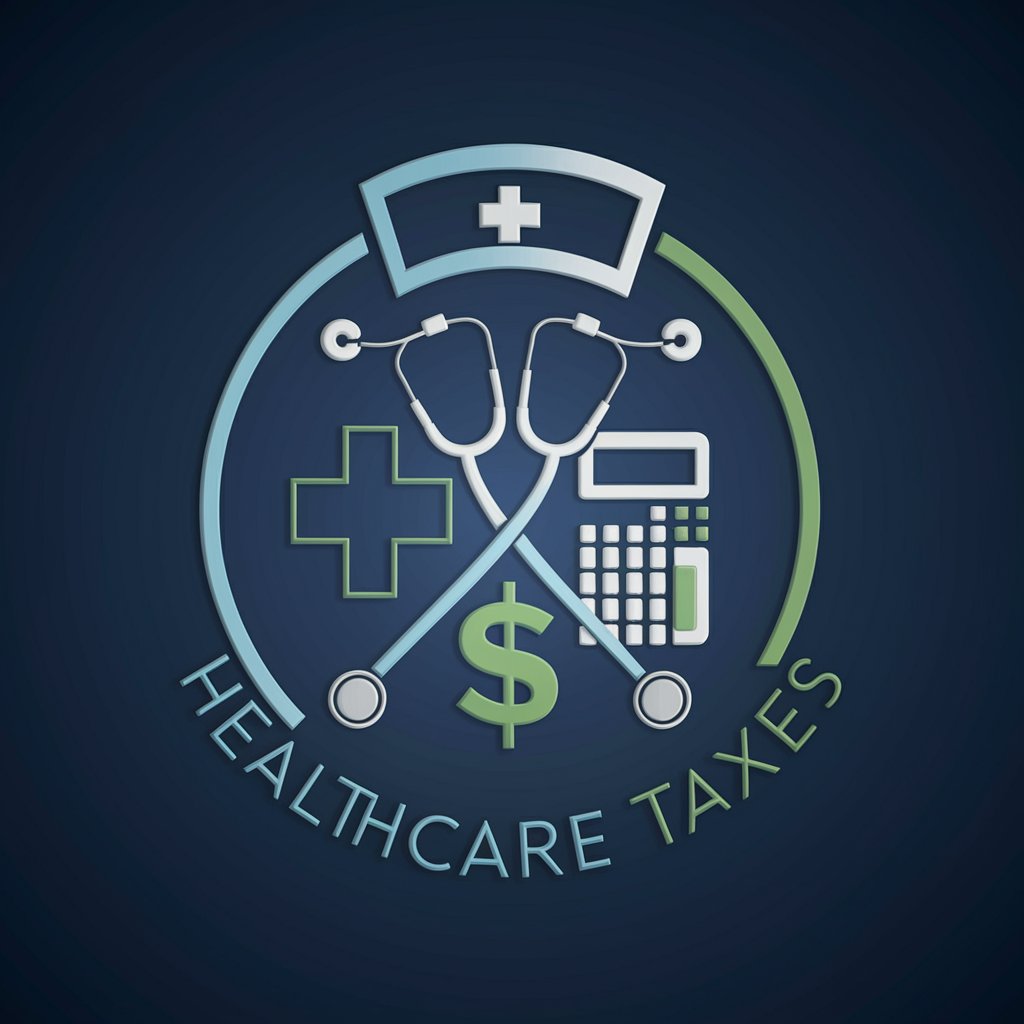
Market Waves
Unleashing AI-powered market intelligence
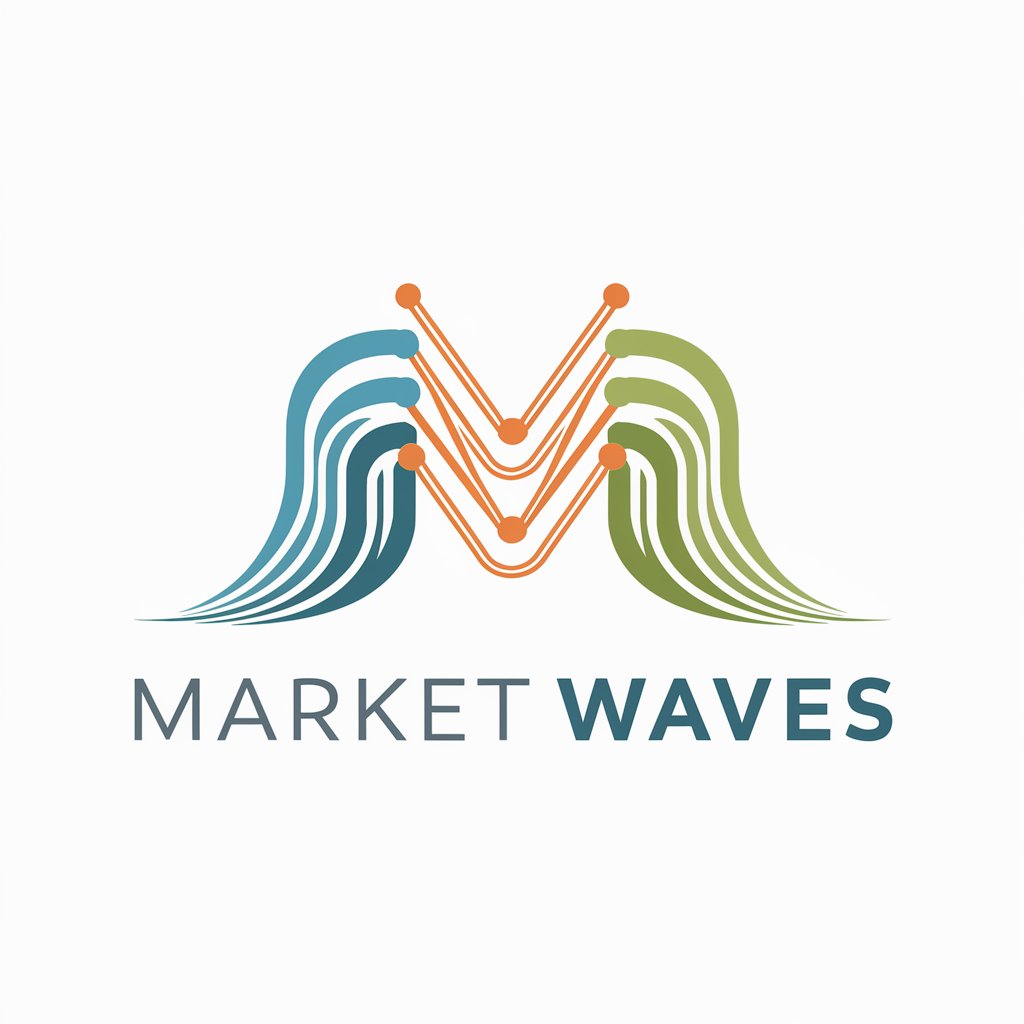
Romance GPT
Empowering Your Love Life with AI

Romance Coach
Navigate Love with AI Guidance
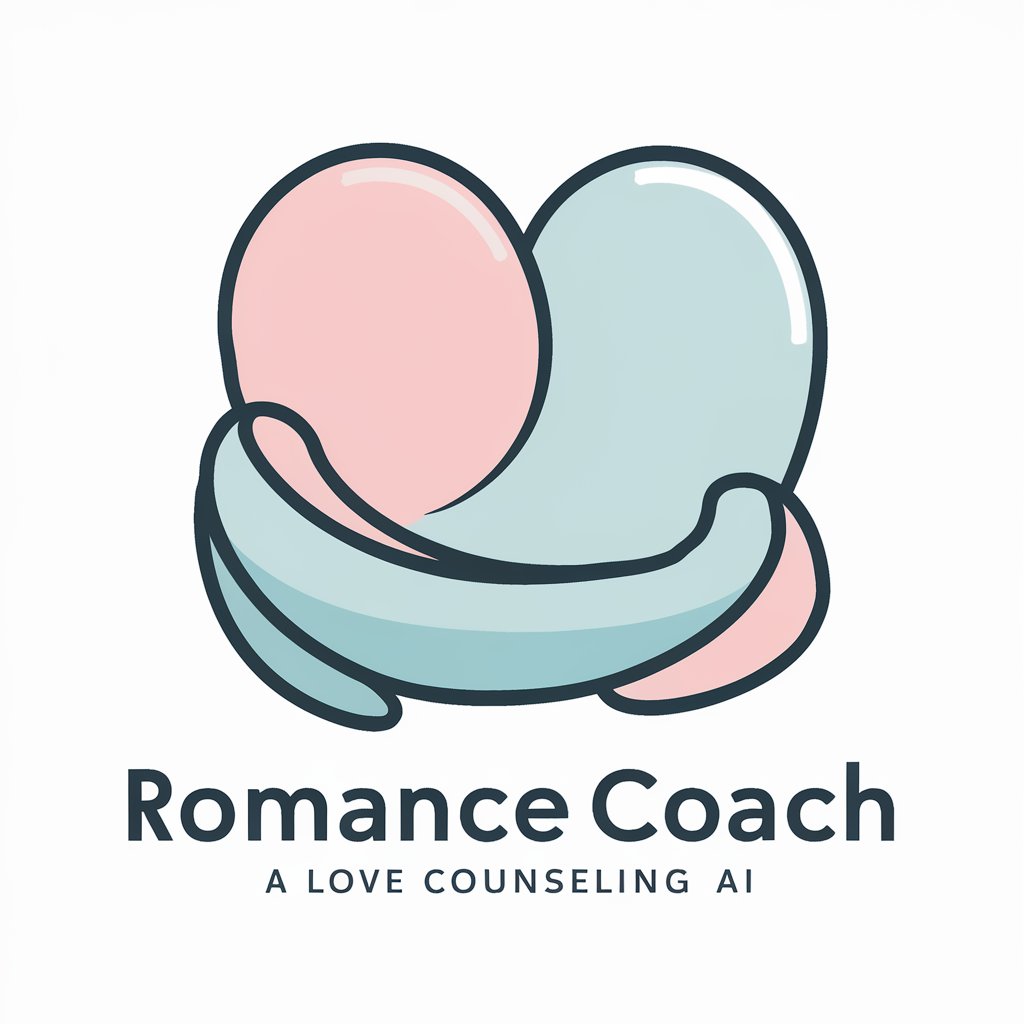
Romance Help
Face reality with AI-powered guidance.
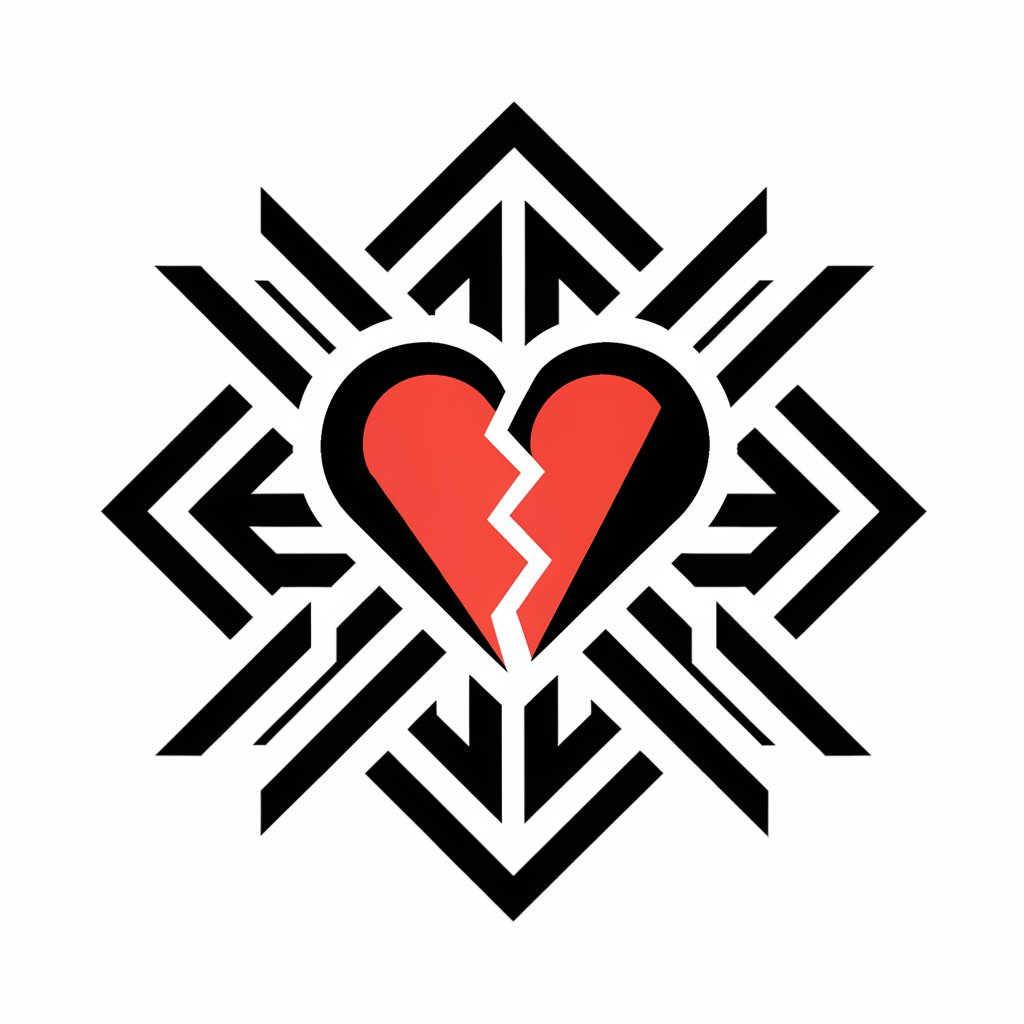
Q&A on Digitale Geletterdheid en Aardrijkskunde
What is Digitale Geletterdheid en Aardrijkskunde?
It's a tool designed to integrate digital literacy with geography education, providing resources and interactive content to enhance understanding and application of geographical concepts through digital technologies.
Who can benefit from using this tool?
Educators, students, and geography enthusiasts seeking to combine digital literacy with geographical education will find this tool invaluable for both learning and teaching.
How can this tool be integrated into the classroom?
Teachers can incorporate the tool's resources and quizzes into their lesson plans to provide a dynamic, interactive learning experience that aligns with curriculum standards for geography and digital literacy.
Are there any prerequisites for using this tool?
No specific prerequisites are needed. However, a basic understanding of digital navigation and geography concepts can enhance the learning experience.
Can this tool help with academic research?
Yes, it provides valuable resources and case studies that can be utilized for academic research, particularly in the fields of geography education and the integration of digital tools in learning.
